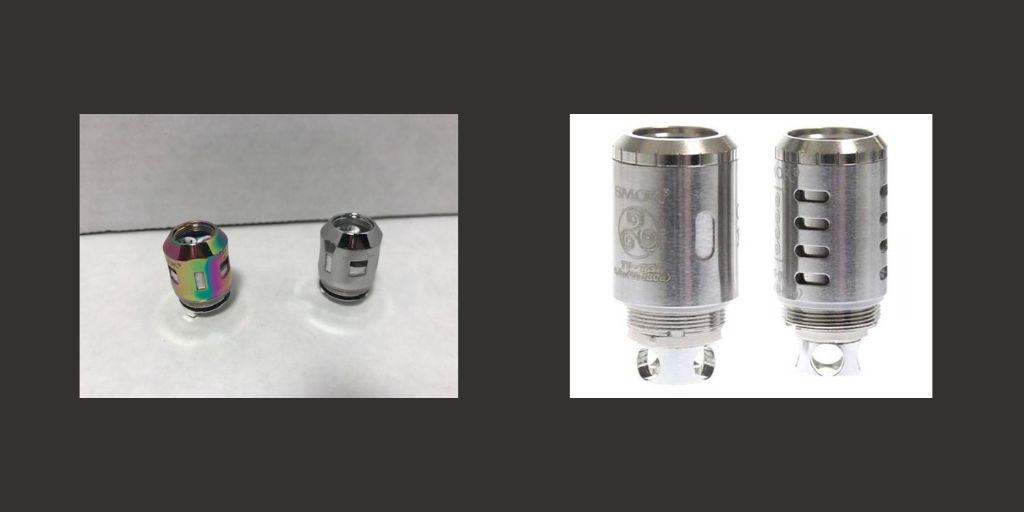
In today’s surveillance-driven world, the ability to analyze and interpret digital video has become a cornerstone of modern investigations. Whether dealing with low-quality footage from CCTV, dashcams, or mobile devices, investigators increasingly rely on video enhancement software to extract useful visual data. Alongside this, video investigation software offers a suite of analytical tools that help professionals uncover crucial details, identify suspects, and build compelling cases.
What Is Video Enhancement Software?
Turning Pixels Into Clarity
Video enhancement software refers to digital tools designed to improve the visual quality of video footage. These programs use advanced algorithms and processing techniques to reduce noise, sharpen images, correct lighting, and stabilize shaky clips. This process is invaluable when the raw video is obscured by poor lighting, motion blur, low resolution, or environmental conditions.
Common enhancement features include:
- Deblurring motion-distorted frames
- Noise reduction to clarify pixelated images
- Color and contrast adjustments
- Frame-by-frame analysis for temporal consistency
By increasing the legibility of footage, these tools enable investigators to draw more accurate conclusions and uncover otherwise hidden information.
The Role of Video Investigation Software
From Analysis to Action
While video enhancement is crucial for image clarity, video investigation software focuses on analytical capabilities. These tools often include features like:
- Timeline synchronization across multiple video feeds
- Object tracking and movement analysis
- Annotation and bookmarking for evidentiary logging
- Facial recognition and license plate identification
This type of software is typically used in law enforcement, legal cases, insurance claims, and corporate security. By combining visual clarity with investigatory tools, analysts can create comprehensive narratives based on video evidence.
Why Quality Software Matters
Precision, Accuracy, and Admissibility
The difference between standard editing tools and dedicated forensic-grade software lies in preservation and integrity. Investigators must maintain a non-destructive workflow, ensuring that all changes are documented and reversible for legal admissibility. High-quality video investigation software includes audit trails, export logs, and verified enhancement protocols — all of which support transparency and objectivity in the courtroom.
In cases involving criminal activity, internal corporate investigations, or civil litigation, the ability to confidently present enhanced and analyzed video can make or break a case.
Frequently Asked Questions
1. Can enhanced video be used as evidence in court?
Yes, provided the enhancement was done using forensically sound methods and the original file integrity is preserved.
2. Is video enhancement software easy to use?
While basic features are user-friendly, in-depth analysis typically requires training or professional expertise in digital forensics.
3. What formats are supported by most video investigation software?
Most tools support a wide range of proprietary and standard video formats, including .avi, .mp4, .mov, and DVR-specific file types.
4. How does video investigation software differ from regular video editing tools?
Investigation software prioritizes forensic accuracy, legal integrity, and investigative features — unlike standard editing tools designed for visual aesthetics.
5. Can these tools help identify people or license plates?
Yes, many platforms offer recognition tools that can assist in identifying individuals, license plates, or track movement across frames.
Conclusion
In an age where visual evidence dominates criminal and civil investigations, the use of video enhancement software and video investigation software is no longer optional — it’s essential. These technologies bring clarity to confusion, enable deeper analysis, and support the pursuit of truth in legal and investigative contexts.






